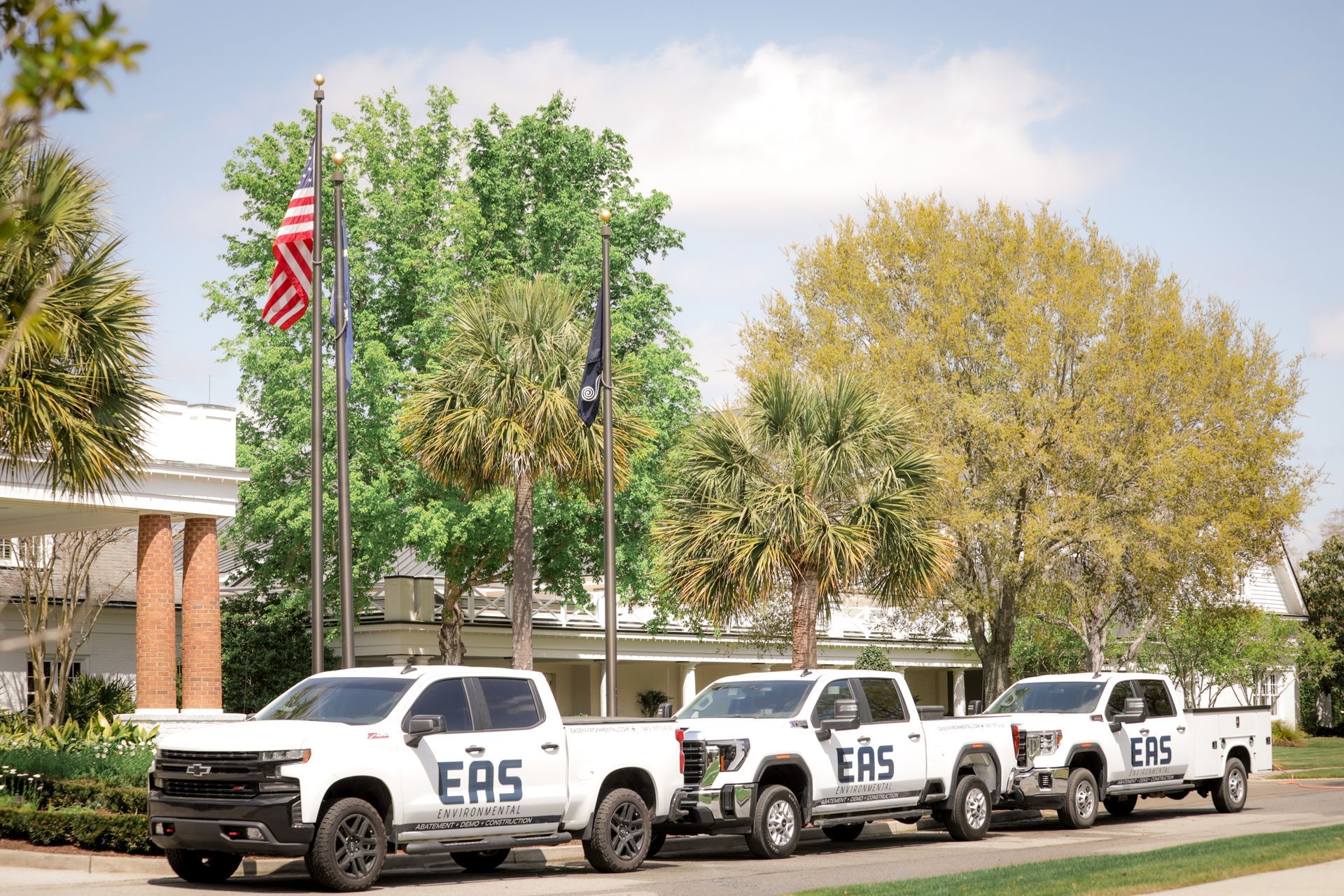
Welcome to our blog, where we will explore the importance of maintaining a dry and healthy crawl space through effective waterproofing. Your crawl space plays a significant role in the overall health and stability of your home, and ensuring it remains free from moisture is vital. In this article, we will discuss the benefits of waterproofing a crawl space, the potential issues caused by excess moisture, and the techniques you can implement to create a dry and healthy environment.
How Waterproofing Can Transform Your Crawl Space
Waterproofing your crawl space can have a transformative impact, improving the overall condition and functionality of this often overlooked area of your home. By implementing effective waterproofing measures, you can create a space that is free from excess moisture, mold, and potential structural issues. The transformation begins with the prevention of water intrusion, which is achieved through various techniques such as installing a vapor barrier, sealing foundation cracks, and improving drainage.
One of the key transformations brought about by waterproofing is the elimination of moisture-related problems. Excess moisture in the crawl space can lead to mold and mildew growth, causing unpleasant odors, damaging the structural integrity, and compromising indoor air quality. By keeping the crawl space dry, you create an environment that is inhospitable to mold and mildew, contributing to a healthier living environment. Additionally, waterproofing helps prevent wood rot, which can weaken support beams and floor joists, ensuring the stability and longevity of your home's foundation. The transformation of your crawl space through waterproofing provides you with a clean, dry, and structurally sound area that can be used for storage or other purposes, enhancing the overall functionality of your home.
Protecting Your Home's Foundation: The Importance of Crawl Space Waterproofing
Protecting your home's foundation is of paramount importance, and crawl space waterproofing plays a vital role in achieving this goal. The crawl space serves as a crucial component of your home's structural integrity, and when left unprotected, it becomes vulnerable to water damage and related issues. By implementing crawl space waterproofing, you establish a defense against water intrusion, preventing potential foundation damage and ensuring the long-term stability of your home.
Water intrusion in the crawl space can lead to a range of problems, including foundation cracks, settling, and shifting. Excess moisture weakens the foundation and can cause structural issues that compromise the overall safety of your home. However, by waterproofing the crawl space, you create a barrier that prevents water from seeping into the foundation. This protective measure helps to maintain the integrity of the foundation, reducing the risk of costly repairs and preserving the value of your property.
Crawl space waterproofing is a proactive step that safeguards your home's foundation, providing peace of mind and long-term protection against water-related damages.
Invest in Long-Term Peace of Mind
Investing in long-term peace of mind is a wise decision when it comes to the health and stability of your home, and crawl space waterproofing is a crucial aspect of achieving this peace of mind. By proactively addressing potential water-related issues in the crawl space, you can avoid costly repairs and mitigate the risks associated with water damage. This investment provides you with the assurance that your home is protected against the detrimental effects of excess moisture.
With crawl space waterproofing, you gain the confidence that your home is safeguarded against structural damage, mold growth, and compromised indoor air quality. The peace of mind comes from knowing that your foundation is protected, reducing the likelihood of settling or shifting that can lead to expensive repairs and structural instability. Additionally, by preventing moisture intrusion, you reduce the risk of mold and mildew, creating a healthier living environment for you and your family. Investing in crawl space waterproofing offers long-term peace of mind, allowing you to enjoy your home without the worry of potential water-related issues that can compromise its value and your comfort.
FAQs
Contact EAS Environmental Today!
EAS Environmental will do everything we can to ensure your experience with us is excellent.
Request A FREE Estimate
Request a Free Estimate Form
Checkout Recent Post




Got a Question? We’re Here to Help.
You can arrange an appointment or make an enquiry by phone or email, orget in touch to us via our contact form.

